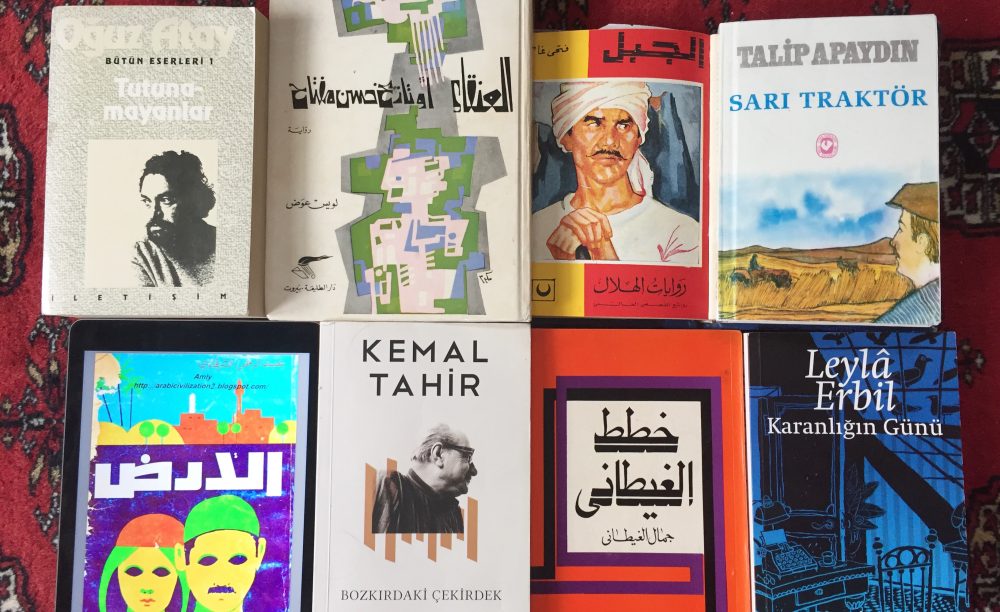Citation
Wright, Erik O. The Debate on Classes. Verso, New York;London;, 1989.
Contents
Author
Context
In the late 1980s in the United States trying to figure out how to incorporate the reality of the Middle class into a Marxist understanding of class.
Thesis
Methodology
A use of statistics and a questionnaire to try to map out mediary class positions. The book is a series of articles which debate back and forth the basic premise presented in the first article.
Key Terms
Criticisms and Questions
Lots of the interesting responses in this book of essays to Wright’s theory show just how tricky and difficult the question of class is. How does the relationship between empiricism and Marxism, Weberianism vs. Marxism (does it all have to lead back to the main antagonistic division between bourgeois and proletariat), how much do other forms of exploitation and oppresion like gender and race fit in to the schematic, etc. couldn’t you use gender and race as other axis in the forms of exploitation? (the category of status exploitation)
In this equation (the commonality of material interests helps to explain the inherent tendency towards conflict between classes; the commonality of lived experience is how they develop common identities.) wouldn’t the first part, the tendencies, not be captured within the realm of consciousness at all? Isn’t it beyond individual consciousness, but something structural to a class?
Notes
A general framework for the analysis of class structure – Erik Olin Wright
-main sticking point of class analysis is the “embarrassment” of the middle class.
-how to restore exploitation at center of class analysis to accommodate the empirical complexities of the middle class.
-in state bureaucratic socialism, exploitation is based on burueacratic power: control over organizational assets.
-so two things to add in along with ownership of the means of production: skills and organizational assets.
| Bourgeoisie | Expert manager | Semicredentialed manager | Uncredentialed manager |
| Small employer | Expert supervisor | Semicredentialied supervisor | Uncredentialed supervisor |
| Petty bourgeois | Expert nonmanager | Semicredentialed worker | proletarian |
X access is organization assets, Y is skill assets
-class alliances can take place among classes, but there are only certain combinations that are plausible. The more skilled and managerial, the more likely to support existing class relations.
Concept of class structure:
1) class structure imposes limits on class formation, class consciousness, and class struggle.
2) class structures constitute the essential qualitative lines of social demarcation in the historical trajectory of social change.
3) the concept of class is relational.
4) social relations which define class are intrinsically antagonistic rather than symmetrical.
5) the objective basis of these antagonistic interests is exploitation.
6) the fundamental basis of exploitation
-To save sociology from the sins of bourgeois thought and to save Marxism from the sins of dogmatism: the joining of statistical methods with conceptual rigour is the most effective way to accomplish this. Hard to suss out empiricism sing we can only see experiences (facts) in this causal chain:
mechanisms ====> Events ========> experiences (facts)
class consciousness (mechanisms) ====> attitudes (Events) ========> responses to questionnaire (experiences (facts))
competing models of consciousness formation:
initial model:
class structure =========> patterns of ideological class formation
alternative model:
ideologies of class =======> party strategies =========> ideological class formation
slight debate between Wright and michael Buraway about dogmatism and scepticism between marxism and empiricism.
impossible to view mechanisms or know if they really exist in the Real. Wright clarifies that there is an inherent tension between the psychological states required for revolutionary practice and scientific activity.
-class consciousness is not static and measurable by a questionaire. both structures and ideologies need to be seen in their historical and conjunctural specificity. May be contradictory. Many social phenomenon go into an individual’s consciousness. Not only determined by individual ideas about capital, but also by attitudes toward unions, women, migrants, blacks, gays etc.
-politics and ideology are only relatively autonomous from conjunctural class interests, but her it is just this autonomy that makes conjunctural class interests deviate from true class interests.
LaClau and Mouffe: concepts like objective class interests lack “any theoretical base whatsoever” and the search for the working class is a “false problem.” the social is open and made through discourse, class is just one identity, and not even priveleged.
-objective class interests tied up with teleology, has become one of the bad “-isms”
-capitalists have objective interest in capitalism, new middle classes have interest in statism, and proletariat in full communism.
-analysis of class structure can not be used to find “take off areas” of teleological historical processes or for rational objective interests. There are other dimensions at play.
-Weberian analysis of classes does not need the basic class schism behind it between who own the means of production.
-Middle class are exploited in terms of capitalist mechanisms of exploitation, and exploiters in terms of the one of the secondary mechanisms of exploitation. with hegemony of bourgeoisie middle class tie their class interests to them.
-the commonality of material interests helps to explain the inherent tendency towards conflict between classes; the commonality of lived experience is how they develop common identities.
-Lived experience and Habitus help to explain the source of variation within a class rather than a criterion for class as such.
-the relationship between class structure (exploitation and interests) and class experience (workplace practices and identity formation) which then can be treated as a theoretical problem in its own right.
imagine a triangle:
capitalist mode of production simple commodity production
bourgeoisie
small employers
managers and supervisors petty bourgeoisie
semiautonomous employees
proletariat
state mode of production (and the class position of the bureaucracy) has been notoriously undertheorized.

